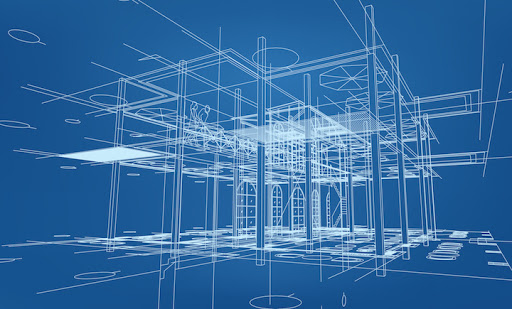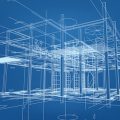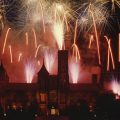Smithsonian is evaluating possible sites for its two newest museums

I am pleased to announce that our analysis of sites for two new museums—the National Museum of the American Latino and the Smithsonian American Women’s History Museum—will primarily focus on four locations. As someone who helped bring a museum to life on the National Mall, I know firsthand that selection of a site is one of the most consequential decisions for a museum.
Each site will be further evaluated with the help of engineering/architecture firm Ayers Saint Gross of Baltimore between now and the end of the year. The final decision on locations will be made by the Board of Regents.
The four sites under further consideration in alphabetical order are:
- Arts and Industries Building—900 Jefferson Dr. S.W., a Smithsonian building on the National Mall next to the Castle
- Northwest Capitol site—undeveloped land located north of the Capitol Reflecting Pool, under the jurisdiction of the U.S. Capitol
- South Monument site—undeveloped land across the National Mall from the Smithsonian’s National Museum of African American History and Culture, on Jefferson Drive S.W., under the jurisdiction of the National Park Service
- Tidal Basin site—undeveloped land bordered by Raoul Wallenberg Place S.W. and Maine Avenue S.W., under the jurisdiction of the National Park Service
The evaluation of each site uses the following criteria:
- Location—the symbolism of the National Mall is important to supporters of both museums
- Existing site conditions—sufficient capacity for a building, views and vistas, security considerations, existing landscape features, opportunity for architectural expression; this includes its compatibility with relevant federal and local Washington, D.C., plans.
- Transportation—accessible to cars, pedestrians, bicyclists; overall traffic volume; access to public transit
- Environmental factors—subsurface conditions, hazardous materials, flood risk, noise levels
- Costs—demolition of an existing building if necessary or rehabilitation of existing building; construction of a new building; costs associated with opening
- Acquisition potential—challenges in acquiring the site
Earlier this year, surveys and focus groups were conducted to get a mix of local and national perspectives. Focus sessions included stakeholders from civic groups and community non-profits, government leaders, congressional representatives, artists, performers, educators, museum professionals and potential donors. The leaders of the commissions that originally recommended establishing the museums were invited to comment along with leaders of Latino and women’s organizations as well as the advisory and council board members for both museums. In addition, Smithsonian leadership consulted with the mayor’s office, the D.C. Council and local groups.
We are conducting a transparent, inclusive and thorough process to ensure the Regents are well positioned to make their final selections later this year.
Posted: 22 June 2022
-
Categories:
Administrative News , News & Announcements , Volunteer Voices








